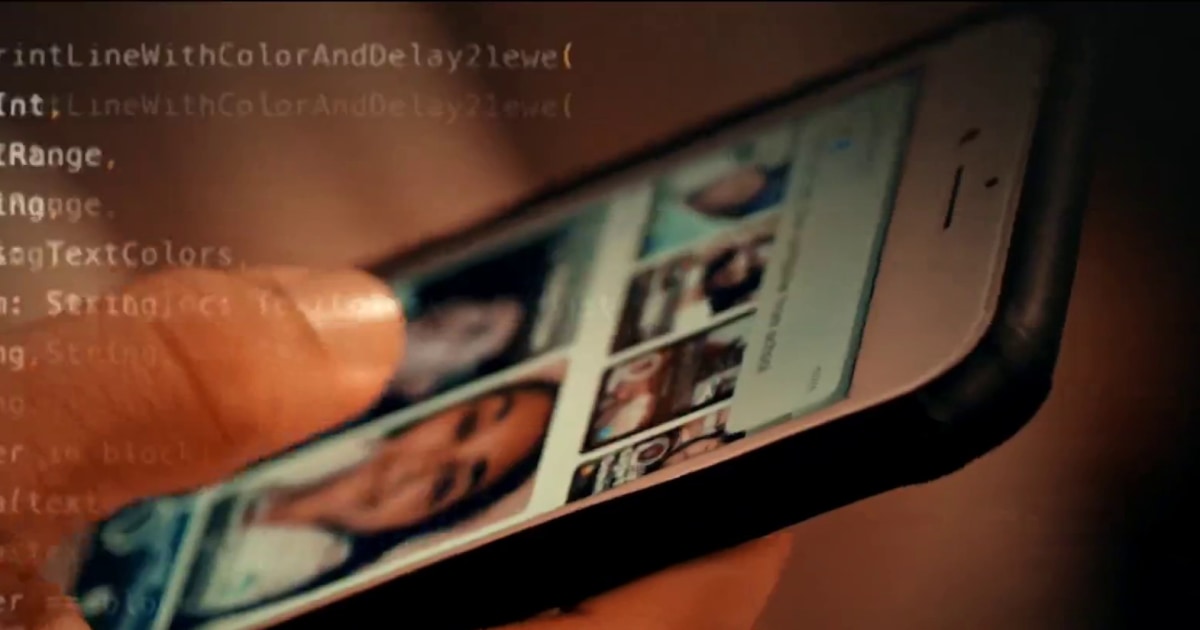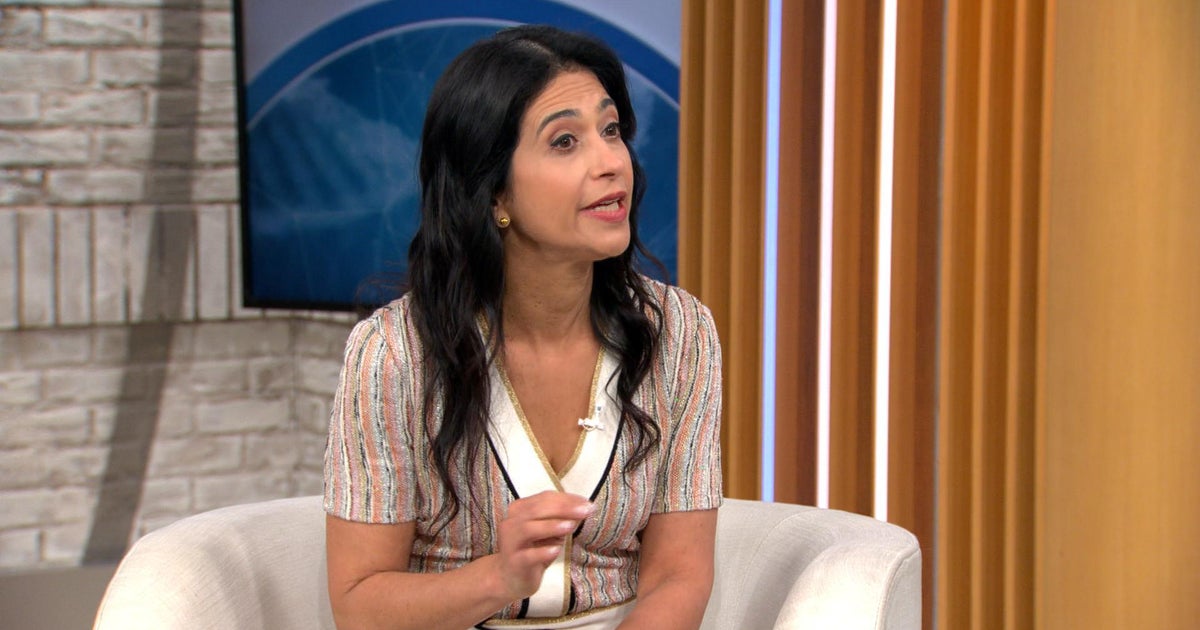In 2023, Moment covered the rise in AI technology. In many ways, our AI issue, which responded to relatively primitive technologies such as Dall-E and early GPT models, was an interesting dive into the potential implications of a new technology. Comparisons to Isaac Asimov were drawn, and experts were asked if AI would ultimately be good for humanity, but the technology had not advanced to the point that its impacts, good and bad, on society could be fairly judged.
Just three years later, much has changed. And many of the effects AI has had, when well-targeted, have been positive. For example, the technology’s aptitude for pattern recognition has allowed for major strides in genomic research, with a recent NIH study noting that the technology has already advanced the treatment of biomedical disorders and genetic conditions.
But AI’s use has not been limited to disaster preparation and medical research. A few months ago, Google released its VEO 3 model, claiming the ability to create more realistic video than ever before.
With this comes new risk: While most of the uses of AI video we’ve seen go viral online have been entertainment-based, such as depictions of ridiculous yet relatable customer-service interactions that never happened, it is easy to imagine this technology becoming a steroid for fake-news peddlers. In fact, we’ve seen it in MAGAland just this week: On July 21, President Trump shared an AI video depicting former President Obama being tackled by FBI agents in the Oval Office. And who can forget the truly bizarre AI video that made the rounds in February promoting “Trump Gaza,” featuring the president and Israeli Prime Minister Benjamin Netanyahu poolside at a gilded hotel bearing the president’s name. (Trump shared it enthusiastically, although later he claimed it was intended as satire.) Moreover, last month, during the peak of tensions between Israel and Iran, both sides released a torrent of AI-fueled misinformation surrounding the conflict. In the future, it would be easy to imagine AI being used to either create incendiary content about Israel and Palestine, or real videos being decried as “Pallywood” conspiracies.
Likewise, if, going forward, every video is a potential AI suspect, the opposite is also true: It’s easy to imagine that politicians and other public figures caught on camera in embarrassing incidents (such as Mitt Romney’s infamous “47 percent” gaffe in 2012) will cry AI.
Still, technological competency can be learned. Here are some concrete steps you can take to inoculate yourself against an impending fake news virus.
1. Watch for Tone of Voice
@line.logicOur parents don’t know they’re cooked yet #veo3 #ai
♬ Scene changes and transition sounds that cut through the wind(1433062) – Matcha Neko
The visual acuity of AI content has greatly improved, but voice acting continues to be a challenge. Most AI videos, particularly those made with more affordable models such as Veo 3, continue to have a flat tone of delivery. This has made certain types of content, like “news anchor” delivery styles, popular: A medium where professionalism is equated with a flat and calm tone of delivery is easier to make believable than a dramatic performance. Vocal delivery tends to be stilted, with pauses in spots that would be unusual in human conversation. It isn’t the most immediate thing you’ll spot, but it is a good sign to fact-check your resources.
2. Look for Brand Writing and Logos in the Background
@zarnokreportsAll gains. No brain 💀 #streetinterview #veo3 #aivideo
♬ original sound – zarnokreports – zarnokreports
In this short AI skit, an alien interviews your typical gym bro about his love of exercise. Note misspellings on the aliens shirt along with nonsense text in the sign on the supplement shop.
When you see an AI video, look for anything with a logo in the background: a hat, a T-shirt, a beer, whatever would naturally have a logo. Is the logo for a real brand? Is it in the right place? Is the design consistent with the logo’s present design? If the answer to any of these questions is no, it’s an immediate clue that the video is AI.
3. Video Length
@tomlikesrobotsWhen you’re friends with sharks, even the ocean feels like home. 🦈 (disclaimer: AI-generated but could you tell? 😊)#aivideo #shark #veo3
♬ original sound – tomlikesrobots 🤖 – tomlikesrobots 🤖
In this short AI video, showing a woman befriending a shark in the ocean, the clip ends at 8 seconds, at which point the video begins looking a bit strange based on the motion of the shark. This length is typical of AI-generated videos, and longer ones typically feature cuts and scene changes at around the same length of time.
Veo 3 is incredibly advanced. Nonetheless, AI still struggles to maintain visual stability for long periods of time: Occasionally, the wrong person will speak while dialogue is delivered, logos will start to shift, objects will blend into each other. Many AI creators have circumvented this by simply making shorter clips: comedic skits that don’t reach their proper conclusion, shots that quickly cut to a new scenario, and other shifts to avoid having to maintain visual stability for a long time. If the clip you’re watching is ten seconds or less, it may warrant further investigation.
4. Check Independent Reports from Reputable Sources
This is the most boring tip on this list, but AI or nay AI, it’s probably the most important. If the clip you’re seeing is AI-generated, reputable news sources will not report on it as a real story. And if the clip you’re seeing is real but taken out of context, a simple Google search can provide that context. Either way, this is probably a good thing to do when you get angry about something you see while scrolling.
5. Ask Yourself: Do I Want this To Be True?
It’s become a cliche to point out that we all live in ideological social media bubbles. But that point is worth considering when it comes to the veracity of information. Whether you’re on the right or the left, consider if the clip makes your side look good or the other side look bad. That doesn’t inherently make it false, as we’ve all formed our opinions for a reason, but if you want something to be true because it proves you right, it’s always worth putting in the effort to prove yourself wrong.
We can expect AI to get more sophisticated from here, with many of these problems being smoothed over. Nonetheless, it is important to hone information literacy now, before falling victim to a new breed of fake news.
Top image: Broadcast journalist created by AI.









 English (US) ·
English (US) ·